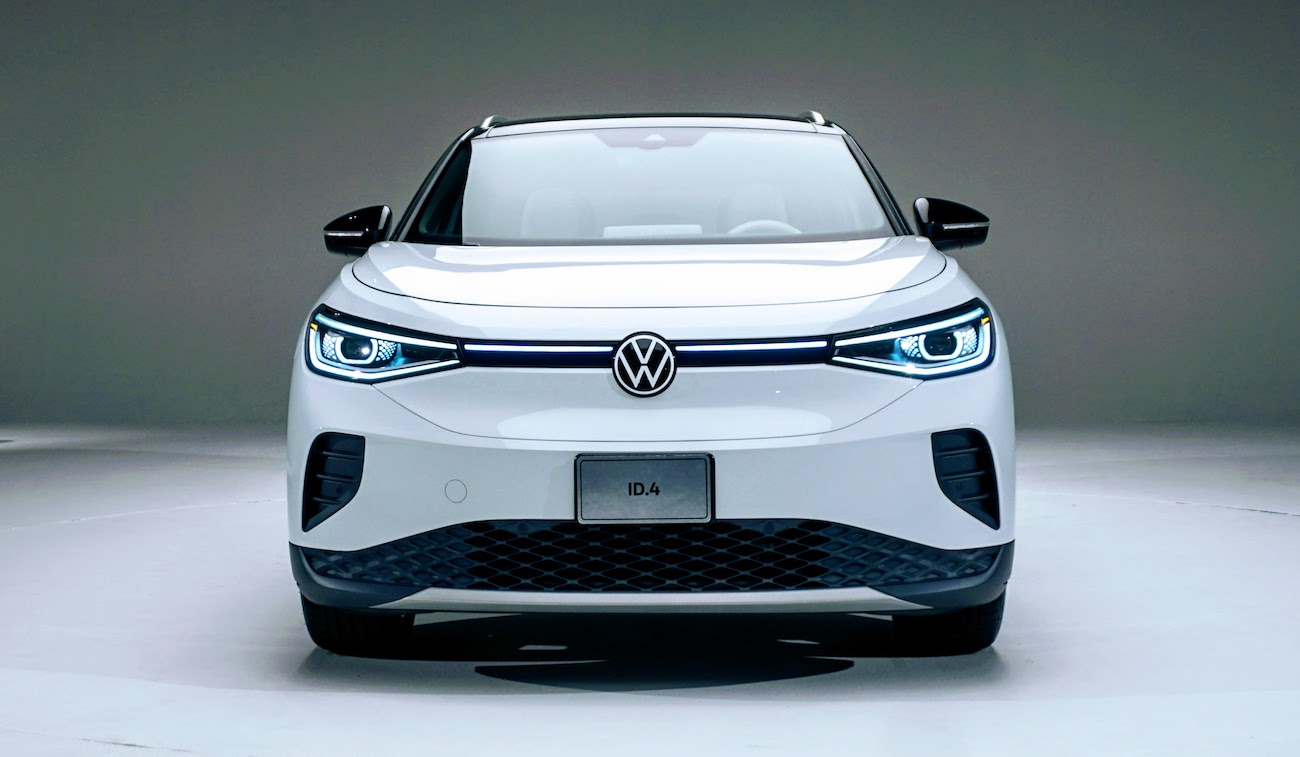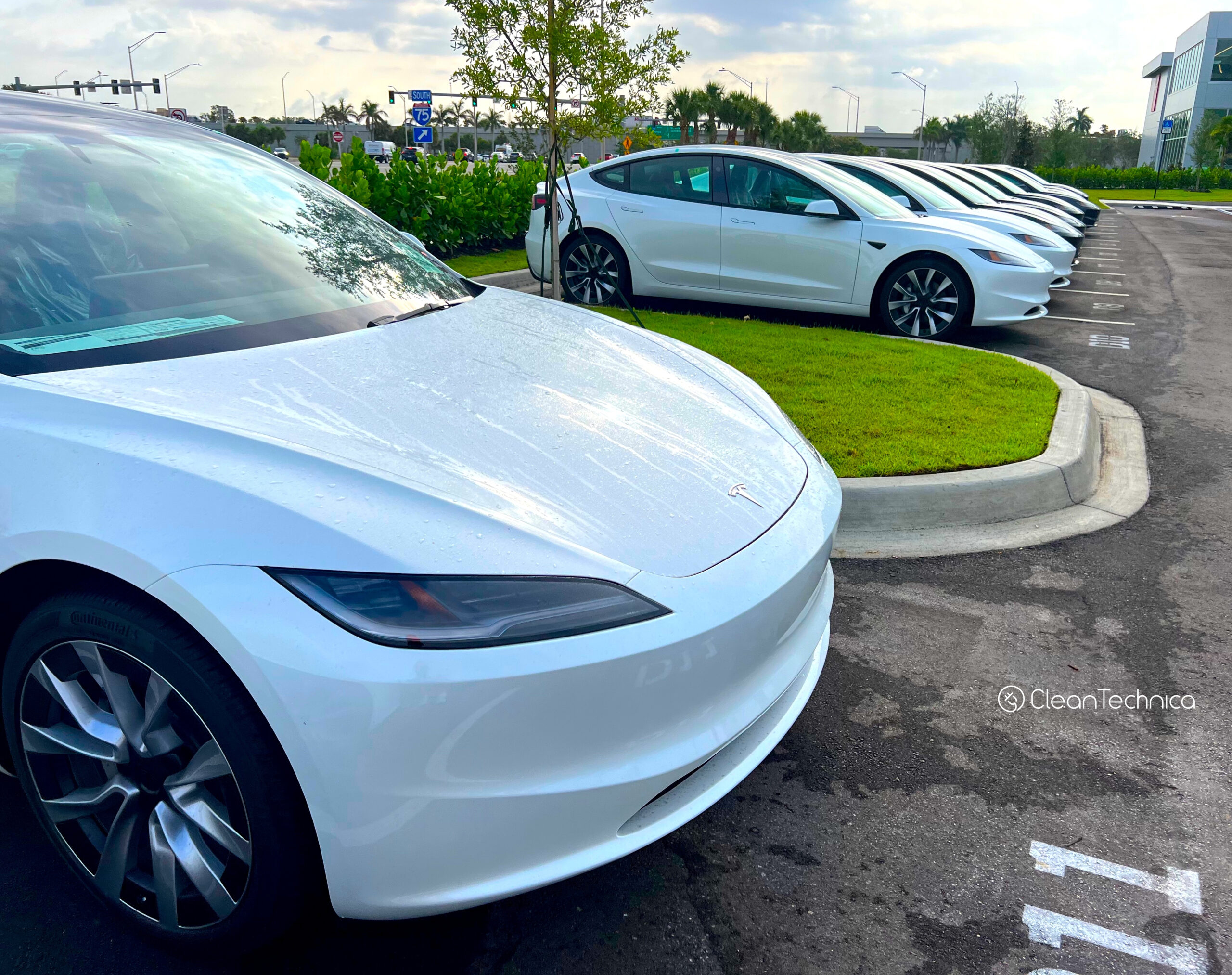Sign up for daily news updates from CleanTechnica on email. Or follow us on Google News!
I just returned from my hairdressing salon, and I admit that I’m a bit fired up. I was made to feel as if I was one of the few — the elites — who can afford to electrify everything. Woke I may be, but elite? I don’t think so.
We had a series of wide-ranging, mostly one-sided conversations she originated: how to best clean an outdoor grill [I’m a vegetarian], how her friend is a “bleeding heart” who can’t pay her rental property taxes because her tenant doesn’t pay his $500 month [“Why doesn’t she insist on a lease?” I muttered], why pizza is actually good for you [yum, but really?].
Then my hairdresser landed on the topic of public utilities.
“Don’t get me started,” she started, expressing how mad she is at our local utilities authority for the high costs they’re charging. I responded that it’s such a shame they almost exclusively rely on natural gas as a fuel source.
“What else is there?” she asked, equal parts incredulous and curious.
Solar, I told her. It’s the power source hiding in plain sight. Florida Power & Light is the largest generator of solar energy in Florida with 33 solar energy centers in operation and numerous other solar installations, totaling more than 9 million solar panels. FPL delivered approximately 26% of its energy from zero emission nuclear and zero emission solar during 2022. Nearly all of the remainder of FPL’s energy needs in 2022 came from low emission natural gas. By 2032, the last year of a mandatory 10 year reporting period, the percentage of the total energy delivered to all customers for FPL’s system from zero emission sources is projected to be approximately 54%. Approximately 19,966 MW of additional, cost-effective PV generation is on track to be added in the 2023 through 2032 time period in FPL’s resource plan.
“But don’t you have a gas stove here in Florida?” she asked with her eyes wide.
“No, I don’t,” I explained. “I have an all-electric home.” I feel very fortunate. I live in a condo that has an electric dishwasher/washer/dryer, and HVAC system (the building is too old to incorporate heat pumps, though, according to our local AC guy). Many communities are offering incentives to move their citizens similarly so electrifying everything becomes the norm. It’s not that rare anymore.
“I even drive an electric car,” I nodded.
“Tesla?” She blurted out without a pause. “Yup,” I admitted, feeling a little sheepish about my answer. I could feel the actual question hanging in the air — “Oh, so you’re one of those people who can afford an expensive electric vehicle, right? You and the other elites want to push these vehicles on us, and we can’t afford them.” I answered it out loud, anyway, recognizing that people who aren’t familiar with EVs need and deserve a bit of a primer.
“EVs aren’t as pricey anymore. A Chevy Blazer costs $36,000 new. A Tesla Model Y can cost the same these days.” A new version of the Model Y has a single rear-mounted motor, lists for $43,990, and has a stated range of 260 miles. Tesla says the standard range RWD model qualifies for the full federal EV tax credit of $7,500, making the effective price of the RWD version just $36,490.
“But where do you charge? At your home?” she asked quizzically. Yes, EVs are powered by an electric motor that draws electricity from a battery and is capable of being charged from an external source. Research by the Department of Energy indicates that 80% of EV owners charge at home, which is convenient to do overnight. I explained that we have a carport where I can plug in.
“But you had to pay for that, right?” she queried.
I allowed that my husband and I did hire an electrician to install a 240V plug.
“Like a dryer!” she exclaimed.
“Yes! Good for you!” I said, trying to be positively reinforcing. “But I save so much over the life of the vehicle that it’s worth it.” According to MarketWatch, EVs are typically going to end up being less expensive after years of being driven versus an internal combustion engine (ICE) vehicle. Yesterday I replenished the charge in my own Model Y week from 24% to 80% at a cost of about $5. The days of the $30+ gas fill-ups are behind me. 🙂
“Everything I’ve heard lately is about electric boats,” she offered, slightly changing the subject to be polite. “An electric boat would need a battery that is as big as the boat itself! That just wouldn’t work.” While she spoke, I was reminded of the recent Candela story — how its CEO wanted to prove that the C-8 could handle long-distance cruising. He set up a 20 nautical mile loop and, during one 24-hour period, the C-8 test boat covered 777 km (483 miles). That’s now the official one-day distance record for electric boats. During the 24 hours, the C-8 charged for a total of 313 minutes and received a total of 615 kWh of electricity at a cost of about €120 — okay if you have lots of charging ports ready along your route but not quite adequate for a longer run.
I laughed and agreed that the electric boats have a way to go, trying to diffuse the bit of tension that still hung in the air.
“And it’s going to be a long time before I’m ready to buy a boat, anyway,” she laughed along with me.
I added that the size of batteries for electric vehicles of all kinds will continue to fall, and and their power capacity will increase. Places like the US Department of Energy have been pumping millions of R&D dollars into new technologies that are making EV batteries charge faster and last longer while also improving safety. (Our CleanTechnica colleague Maarten Vinkhuyzen explains why and how density doubles every 12 years and the price reduction for EV batteries is 50% every 5 years if you want the lowdown.)
My Takeaway
I’m lucky, in that I have had a stable career as an educator and now I have a part-time gig with CleanTechnica. I can also remember quite vividly a time in which my family was easily 2 mortgage payments away from losing it all, when paying for health insurance out-of-pocket between jobs meant no fun leisure activities — and when the thought of having a new EV that cost around $40,000 would have seemed abstract, for someone else, not for me. I remember feeling a bit lost, disjointed from the economic flow that seemed to swirl above and beyond me.
As CleanTechnica’s Joe Wachunas wrote a few years back, “Electrification must benefit everyone, not just those who can afford new heat pump water heaters and electric cars.” That quest for equitable electrification means that US power brokers need to focus policy decisions and investment opportunities on creating meaningful entry points for people from all walks of life. It will take opening up more good paying jobs in clean energy so people feel invested in switching to renewables.
It’s become increasingly evident that climate-based systemic change can’t work until we focus on solving the needs of the consumer, and those consumers must learn about concrete measures to be part of the clean energy transitions. We want people across classes — like my hairdresser — to feel part of a movement, “a green energy strategy, a collective thought process,” as Joe wrote when his family went all electric.
Have a tip for CleanTechnica? Want to advertise? Want to suggest a guest for our CleanTech Talk podcast? Contact us here.
EV Obsession Daily!
I don’t like paywalls. You don’t like paywalls. Who likes paywalls? Here at CleanTechnica, we implemented a limited paywall for a while, but it always felt wrong — and it was always tough to decide what we should put behind there. In theory, your most exclusive and best content goes behind a paywall. But then fewer people read it!! So, we’ve decided to completely nix paywalls here at CleanTechnica. But…
Thank you!
Tesla Sales in 2023, 2024, and 2030
CleanTechnica uses affiliate links. See our policy here.




